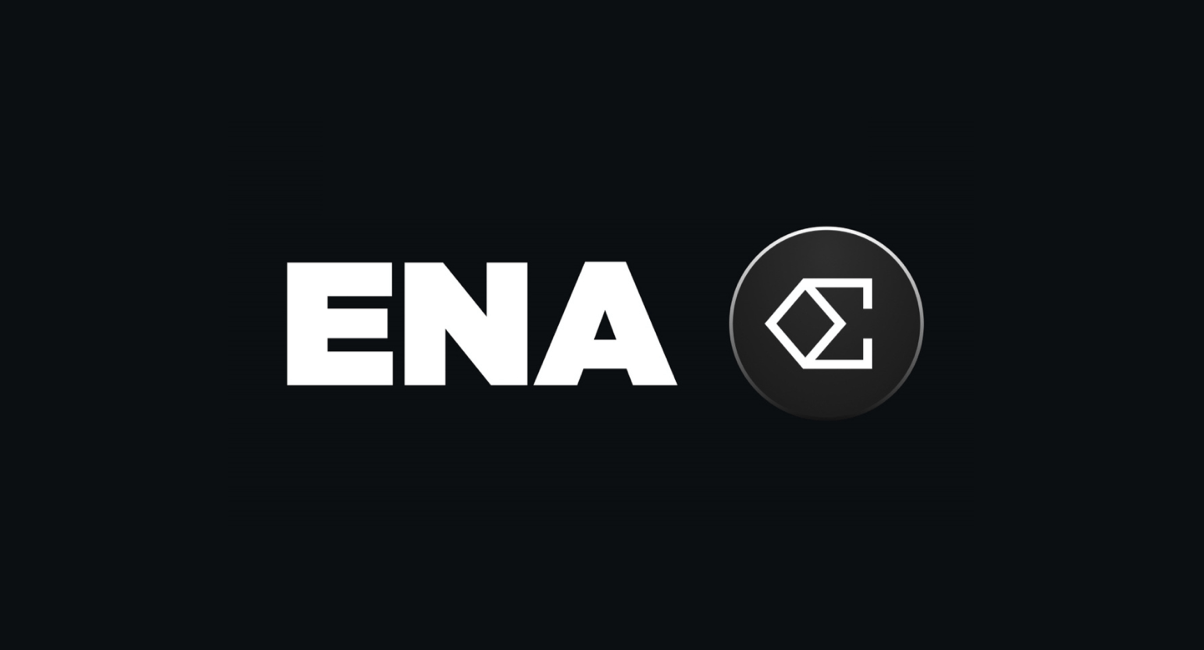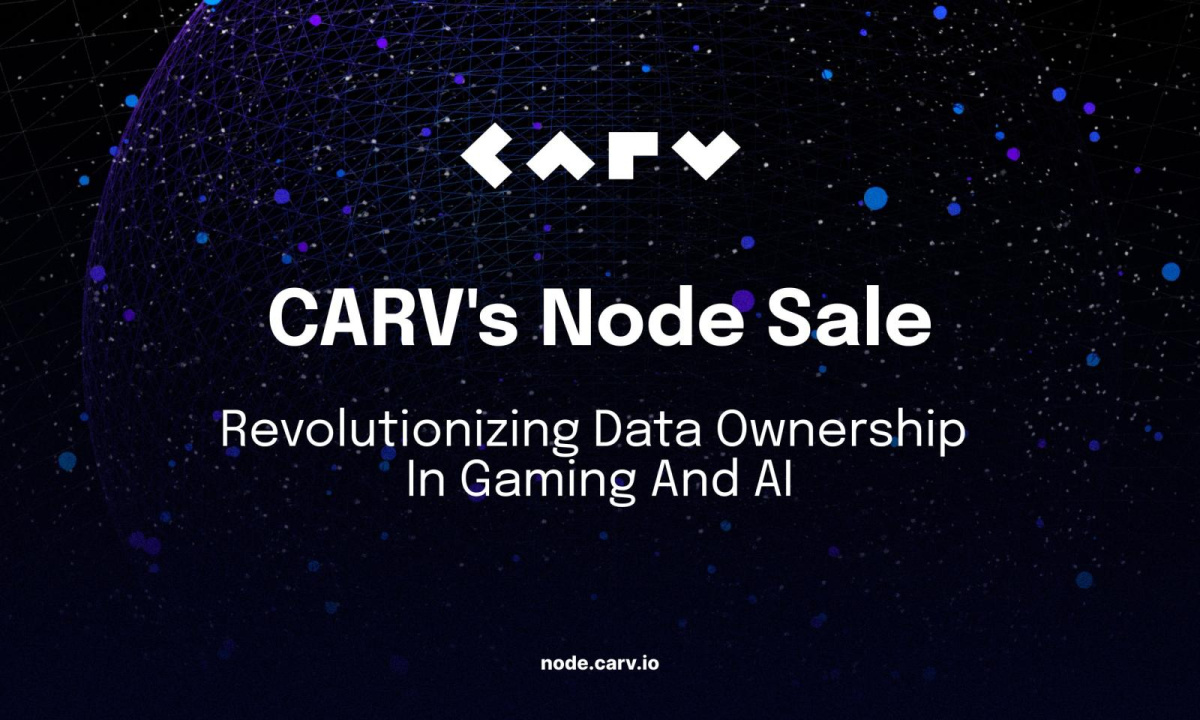Table of Contents
- Chainlink (LINK): The Oracle's Play in Tokenized Real-World Assets
- Polygon (MATIC): The Hardfork and What Lies Ahead
- Cardano (ADA): The Blockchain's Quest for Decentralization and Profitability
- Ripple (XRP): The Underlying Waves of the Financial System
- Polkadot (DOT): Navigating Through Decentralization and Organizational Transformations
- Conclusion
The US Oversight and Accountability Committee has issued a warning to Gary Gensler for not disclosing documents pertaining to the SEC's role in European social engineering initiatives. The committee's growing frustration stems from a four-month-long wait for the requested information.
Since Gensler's appointment to the SEC, he has displayed a cautious stance towards cryptocurrencies, equating them to "poker chips". Following the collapse of the FTX cryptocurrency exchange, Gensler intensified regulatory scrutiny, resulting in lawsuits against major industry entities like Binance and Coinbase. It's also noteworthy that while Gensler's crypto regulatory approach has garnered attention, he has been proactive in introducing rules to the traditional financial sector, surpassing efforts made by his predecessors since the 2008 financial crisis.
The macroeconomic picture appears to be centered on relaxing financial conditions. Recent US Consumer Price Index (CPI) figures revealed unexpectedly high inflation, exceeding analysts' projections. With the ongoing debate surrounding potential interest rate hikes by the US Federal Reserve, predictions remain divided. Historically, Bitcoin's valuation has appreciated significantly during the period in which the Federal Reserve indicated interest rates would stagnate, coinciding with a decrease in interest rates. For cryptocurrency market enthusiasts, this might translate to some noteworthy developments.
Indications of an impending Bitcoin halving, coupled with potential approvals of numerous spot Bitcoin ETFs in the US, suggest potential upward momentum for Bitcoin. Major institutions, including Fidelity, BlackRock, and others, could soon receive approval to acquire significant quantities of Bitcoin, potentially reducing its general circulation to support their respective ETF products. Historical patterns also suggest that when Bitcoin's valuation increases, the broader altcoin market typically witnesses even more substantial gains. As a reference, during a prior surge where Bitcoin appreciated from $30k to $50k, the altcoin market capitalization expanded from approximately $250B to an impressive $1.5T.
Considering these possibilities, let's take a look at where popular altcoins like Chainlink (LINK), Polygon (MATIC), Polkadot (DOT), Cardano (ADA), and Ripple (XRP) may be headed. But before diving into short-term prospects for these coins, you might want to delve into their longer-term outlook. For instance, in the StealthEX Ripple (XRP) price prediction, you can explore the fundamental aspects of XRP and a detailed price forecast extending up to 2025, a forecast that has shown a history of accuracy.
Chainlink (LINK): The Oracle's Play in Tokenized Real-World Assets
In an era of increasingly popular tokenized real-world assets (RWAs) and influential global banks engaging in blockchain-based collateral settlement transactions, the position of Chainlink (LINK) in the crypto community has solidified. A growing RWA narrative indicates that LINK is in a good position to benefit from this development.
With the integration of its Cross-Chain Interoperability Protocol (CCIP) with Coinbase's Base L2, the crypto space anticipates advanced capabilities for the design and execution of cross-chain applications. For instance, Google engineer Deep Chenna recently demonstrated that Chainlink Functions can connect smart contracts to Google Cloud's Vertex AI Imagen model to generate exclusive artwork for dynamic NFTs.
On-chain data shows that, in the Chainlink ecosystem, as of October 12, 2023, whale holdings constitute a dominant 55.84%, translating to approximately 514.95M LINK tokens. In contrast, retail participants hold a significant 313.65M LINK, while other investors account for 171.42M LINK, making up 44.16% combined of the total holdings. The significant concentration of Chainlink (LINK) in whale holdings suggests a potential centralization of asset ownership, which could influence price volatility and market dynamics.
Source: IntoTheBlock
LINK has recently been trading within a range of $6.52 to $9.05, slightly above its 200-day moving average of $6.76, indicating a potential upward momentum. If the bullish sentiment continues and LINK surpasses its immediate resistance at $9.91, it could aim for the next resistance level at $12.44.
Source: TradingView
However, if selling pressure mounts, breaking below the 10-day moving average of $7.40 might send LINK towards its first support level at $4.87, and in a more bearish scenario, even down to $2.35.
Fundamentally, LINK's future seems promising with its standing as a network linking blockchains to the real world and a current trend towards tokenization.
Polygon (MATIC): The Hardfork and What Lies Ahead
Polygon is undergoing a major hardfork, bringing with it the "Milestones'' feature, which aims to achieve faster deterministic finality. This new addition promises quicker settlement times and a more certain transaction environment.
Despite Polygon's early entrance into the Ethereum layer-2 solutions, newer entrants like Optimism and Base are now proving to be staunch competitors. The unexpected departure of key members from the Polygon team has raised eyebrows and concerns among investors.
According to IntoTheBlock data, whale holdings constitute a significant portion of Polygon's (MATIC) total ownership, accounting for 68.75%, while other investors, including retail, make up the remaining 31.25%.
Source: IntoTheBlock
The breakdown showcases that whales hold 6.86B MATIC, investors possess 1.65B, and retail investors have 1.48B. The dominant position of whales in MATIC's distribution suggests that the asset's price could be influenced significantly by large holder movements, potentially leading to higher volatility in the market.
A look at Polygon's (MATIC) current trading range indicates that it is currently trading between $0.4942 and $0.5701, with the asset hovering just above the 10-day moving average of $0.5335, suggesting a potential consolidation phase.
Source: TradingView
On the bullish front, if MATIC manages to break and sustain above the immediate resistance at $0.6072, it may target the next resistance level at $0.6831, edging closer to its 200-day moving average of $0.7491.
Conversely, on the bearish side, if selling pressure intensifies and the token breaches the $0.4554 support level, it could descend towards the deeper support at $0.3796, reflecting a more significant downturn in its trajectory.
Cardano (ADA): The Blockchain's Quest for Decentralization and Profitability
Amidst the dynamic crypto ecosystem, Cardano (ADA) has been a key player with recent developments that have caught the attention of both the community and critics alike. Charles Hoskinson, the founder of Cardano, recently hosted a livestream providing updates about the platform, highlighting its advancements and future outlook.
Hoskinson's mention of the CIP:1694 upgrade was particularly noteworthy. This upgrade is geared towards transforming the governance mechanism in Cardano, transitioning it into a tricameral decision-making body. This aims to address some of the criticisms Cardano has received in the past regarding its centralized decision-making, which has been predominantly in the hands of its Genesis key holders.
However, not all reactions were positive. A user on X – previously known as Twitter – criticized the update, suggesting that it indicated a lack of confidence in the Cardano project by its founder. Hoskinson responded quickly to this user's criticism, clarifying the context of his remarks and defending the tricameral system as a push toward greater decentralization. According to Hoskinson, the new system will make Cardano's blockchain more robust, secure, and decentralized.
Despite these strategic updates, a recurring concern amongst the Cardano community revolves around the timeline of significant developments on the blockchain. Addressing this, Hoskinson has continually reassured members that the platform is on track with its objectives.
From a technical standpoint, Cardano (ADA) is currently trading in the range of $0.2409 to $0.2630. With the 200-day moving average sitting at $0.3148, the token seems to be trading below its long-term average, suggesting a bearish momentum. At $0.2526, the 10-day moving average indicates a slightly positive short-term sentiment.
Source: TradingView
Should ADA break past its immediate resistance at $0.2721, and subsequently, the $0.2942 mark, this could pave the way for a more pronounced bullish trend. Surpassing these resistance levels might instill renewed confidence among investors and potentially lead to a testing of the 200-day moving average.
On the flip side, if ADA retraces and breaches its support level at $0.2279, we could witness a deeper correction. Especially with the second support level being at the higher range of $0.2630, which is unusual, it suggests that any downward movement could be sharp and significant.
Looking into on-chain distribution of Cardano holdings, it reveals that a mere 7.02% is held by whales, while a significant 92.98% is owned by other entities, with retail investors commanding a notable 23B of the asset as of October 12th, 2023. Furthermore, investors hold a substantial 8.16B, whereas the whale concentration sits at 2.94B. Thus, Cardano (ADA) exhibits a decentralized ownership distribution, hinting at a reduced risk of price manipulation by major holders and potentially indicating a broader community trust in the asset.
Source: IntoTheBlock
In conclusion, while Cardano is making strategic moves to fortify its governance and decentralization mechanisms, its market performance is teetering on pivotal levels. Whether it ascends bullishly or descends bearishly might largely depend on external market sentiments and the broader crypto market direction.
Ripple (XRP): The Underlying Waves of the Financial System
Ripple's XRP, popular for cross-border payments, has once again captured the cryptocurrency community's attention. A significant whale activity, wherein massive amounts of XRP were transferred to two exchanges, has led to rampant speculations, especially amidst the backdrop of the ongoing XRP lawsuit and the recent price decline of the cryptocurrency.
Crypto tracking service Whale Alert reported that close to 64 million XRP tokens have been poured into EU-based Bitstamp and Latin American exchange Bitso.
Given the recent dip in XRP's price, these transactions, if intended for selling, could imply whales potentially selling their holdings at a loss. However, considering Bitstamp's reputation as one of Ripple’s On-Demand Liquidity (ODL) platforms, these transfers might be aimed at ensuring adequate XRP liquidity for ODL operations.
On a brighter note, XRP's adoption seems to be on an upward trajectory. Banco de México recently unveiled its intentions to adopt Ripple’s xRapid system, leveraging XRP as a bridging asset for transfers between USD and MXN. This move underscores XRP's escalating allure and hints at its probable widespread acceptance by leading global financial establishments.
XRP's current price is hovering between $0.4668 and $0.5561. If XRP can surge past its first resistance at $0.5972 and then break the $0.6865 barrier, it could indicate a bullish trend. The adoption by Banco de México and the potential for ODL-driven demand on Bitstamp could act as catalysts for a positive price movement. Furthermore, XRP's price remains relatively close to its 200-day moving average of $0.5288, suggesting that with positive momentum, reclaiming this level is feasible.
On the downside, if XRP fails to maintain its current support and breaks below $0.4186, it could head towards its next support at $0.3293. The 10-day Moving Average at $0.5074 will be a key level to monitor, as consistently trading below this could be a bearish indicator. StealthEX, as mentioned above, has compiled a more detailed XRP price prediction that takes a longer-term view.
In conclusion, while recent whale activity and market dynamics have caused short-term volatility for XRP, its long-term potential, highlighted by growing institutional adoption, remains a significant point of interest for investors.
Polkadot (DOT): Navigating Through Decentralization and Organizational Transformations
Parity Technologies, a core player in the blockchain sphere, has taken a strategic turn by emphasizing decentralization in the Polkadot network. This move dispels the swirling rumors of the company laying off about 300 of its workforce. The Web3 Foundation, responsible for the Polkadot blockchain protocol, has earmarked a significant budget, amounting to $22.08 million and 5 million DOTs for the entirety of 2024. This initiative stems from the desire to strengthen the Polkadot Treasury's community-driven funding structure. The overall aim is to back projects that resonate with Polkadot's future vision. Contrary to popular conjecture, Parity Technologies has rebuffed allegations of massive layoffs during a gathering in Mallorca. The firm underscores that any workforce changes will align with its decentralized trajectory and will involve multiple ecosystem-funded entities.
The Web3 Foundation, birthed in Switzerland by Dr. Gavin Wood, Ethereum's co-founder, and former CTO, has been a proponent of decentralized web software applications. This recent effort promises to amplify the Polkadot Treasury's community-led funding mechanism, emphasizing backing ventures that could sculpt Polkadot's roadmap.
With the recent announcements from Parity Technologies and the Web3 Foundation, the Polkadot ecosystem appears poised for significant development, guided by a decentralized vision. This development brings a renewed interest in DOT, as investors are eager to understand its future trajectory in the market.
Polkadot (DOT) has recently been trading within a tight price range of $3.89 to $4.33, indicating a potential consolidation phase before a breakout. The 10-day moving average stands at $3.87, aligning perfectly with the lower end of the current trading range, reinforcing it as a solid base of support.
Should DOT maintain its momentum and find buying strength, breaking past the immediate resistance level at $4.56 could pave the way for a more significant upward movement. A clear break above this resistance might instigate a rally towards the next major resistance at $5.00, which is just below the 200-day moving average of $5.05. A breach of the 200-day MA could further validate the bullish sentiment and signify a longer-term trend reversal.
Source: TradingView
On the flip side, if Polkadot fails to rally past its immediate resistance at $4.56, it could witness selling pressure pushing it down towards its primary support at $3.69. A breakdown below this level might lead to further declines, targeting the next support at $3.25. With the 10-day moving average currently at the same level as the lower boundary of the trading range, any consistent trading below this average can be perceived as a bearish signal. Furthermore, the 200-day moving average at $5.05 serves as a looming overhead resistance, reminding investors of the broader downtrend. If the bearish momentum intensifies and both support levels are breached, DOT might find itself in a more prolonged downtrend.
Polkadot's emphasis on decentralized governance and the robust backing from the Web3 Foundation suggest a promising path forward. Yet, the crypto landscape remains volatile, and DOT is no exception. Investors should approach with a blend of optimism, grounded in research and awareness of the broader market tendencies.
Conclusion
In the shifting sands of the global financial landscape, cryptocurrencies remain central to discussions of regulation, innovation, and macroeconomic movements. Gary Gensler's cautious approach to crypto regulation, juxtaposed against the backdrop of unexpected inflationary upticks and potential interest rate revisions, underscores the delicacies of this rapidly-evolving sector. As Bitcoin prepares for possible halvings and ETF endorsements, attention must also be given to its altcoin counterparts. Chainlink's venture into tokenized assets, Polygon's hardfork journey, Cardano's pursuit of decentralization, Ripple's lawsuit-laden path, and now, Polkadot's focus on decentralization, all highlight the multifaceted nature of the crypto domain. With Polkadot, in particular, making substantial moves to dispel workforce rumors and bolster its treasury, the emphasis on decentralized structures becomes all the more apparent. As investors, keeping a vigilant eye on these developments, analyzing the technical price points, and understanding the broader narratives will be key. The coming months promise intrigue, uncertainty, and undoubtedly, opportunity.
Disclaimer: This article is provided for informational purposes only. It is not offered or intended to be used as legal, tax, investment, financial, or other advice.
Investment Disclaimer











